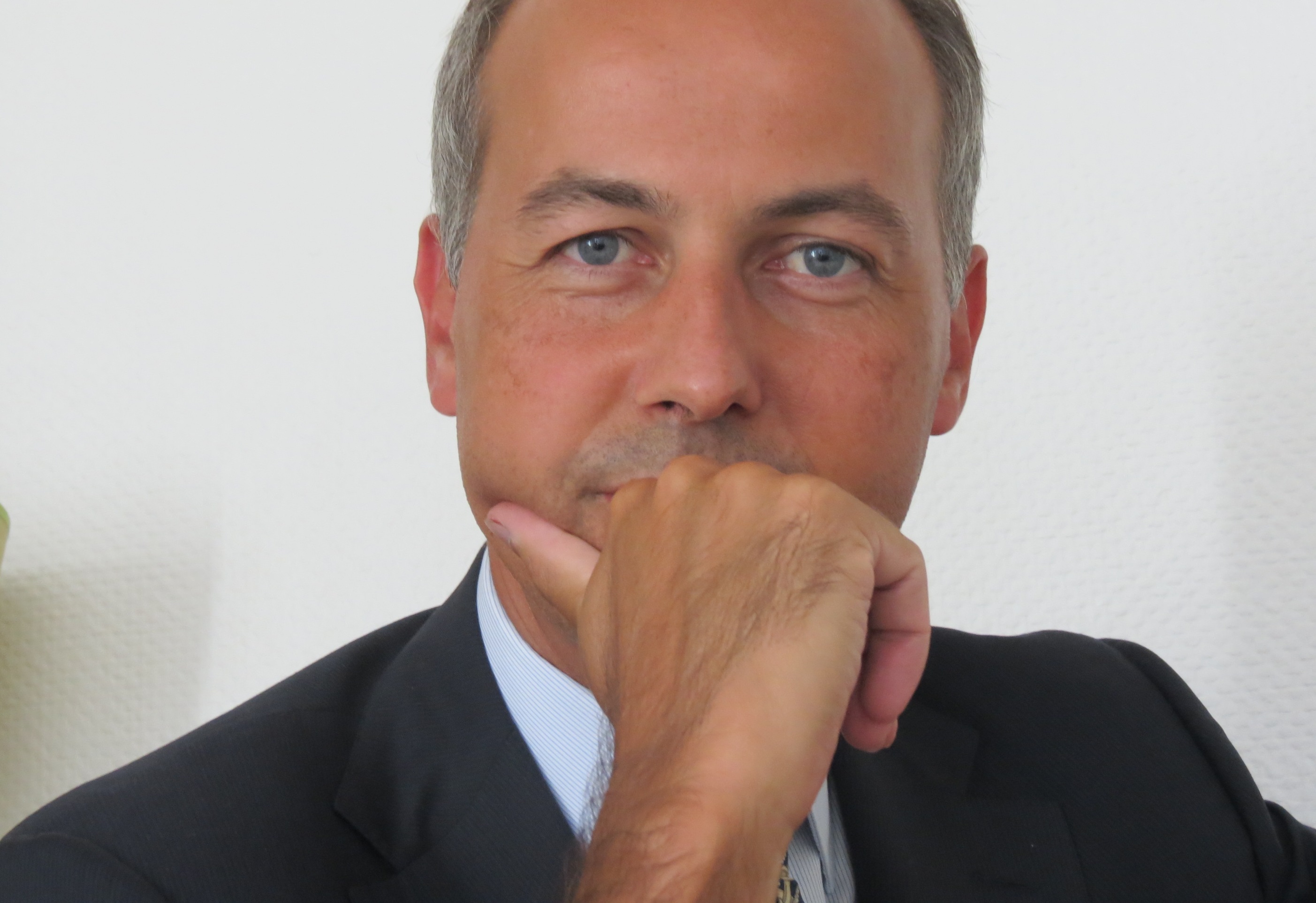What wine story created the biggest buzz around the world last week? The Champagne/Prosecco duel. First came the article in Drinks Business on Champagne house Henri Giraud in which this, now famous, sentence appeared: “If we do not go faster, we will see Prosecco bars flourishing in Champagne.” Then Head of Lanson told Bloomberg TV: “There are some Champagnes which could be compared to Cava or Prosecco.” Although the signs were already showing, 2014 is now very much the year of the Champagne identity crisis. In humans, such a crisis is described as a failure of the ego to form its own identity, a condition that usually manifests itself during adolescence. But what happens when it comes to a collective identity? How do we recognise an identity crisis when talking about a brand?
Let’s start with the symptoms. In Champagne, roads appear to be heading off in every direction at the moment. One leads to Champagne at €9.90 a bottle in the supermarkets. Another to an article with the headline “Champagne region facing crisis”, in which the head of communications for the Comité de Champagne says: “The Champagne region must change radically to safeguard its future. A new model must be found. We have ended our cycle with the current model. Champagne, as part of its refocusing on quality instead of volume, had to adopt a luxury strategy. We don’t have an action plan yet, but it’s in train.” And I haven’t even mentioned that mock advert for the first Champagne in tablet form that you simply dissolve in water. Given such symptoms, you hardly need to be a Doctor in Communications to spot an identity crisis.
Whatever direction the Champagne houses and Champagne producers decide to head in, they will need more than ever to maintain their own identity in the face of the increasingly international sparkling wine market and to improve quality. But they need to get down to work now—and fast. Why? First of all, because the figures are indisputable. For the first time, Prosecco has overtaken its French rival with 307 million bottles sold in 2013 (3 million more than Champagne). Second, because the articles and reports are just as categoric. The “Champagne or Prosecco?” question is being asked again in the press of English-speaking markets this week. And lastly because the first classification of bubbly to include Champagne and sparkling wines from around the world has just crowned Franciacorta the “Best Non-Dosage in the World” (“non-dosage” or “non-dosé” bubbly is currently the most fashionable category, as proved by Roederer bringing out a “Brut Nature” with Starck). Meanwhile, a Cava picked up the honours in the “World Champion Greatest Value Sparkling Wine” category.
It is time to take action. Communication experts must define clear strategies to respond to the situation. A well-thought out international communication strategy should start by tackling one of the major problems Champagne will face in the future if it does not react fast enough: letting doubt creep into the minds of consumers. Personally, I am not too worried about Champagne because it has always known what to do when the time comes. When I see all the initiatives taken in the past, I tell myself Champagne is still a source of innovation and always will be. That is why (and how) it always pulls through. But to have €9.90 Champagne in the supermarkets while the Comité de Champagne is still talking about “luxury” is more than a tad confusing. So it will take a lot of great ideas in the future to give Champagne a fresh competitive edge and especially halt the downward spiral of prices that we have seen over recent years. And there are certainly no shortage of ideas—we are living in exciting times, aren’t we?
(*Since 2003, Guillaume Jourdan has been advising more than 200 prestigious wine estates for their international communication strategy incl. Chapoutier, Hugel, Dr Loosen, Famille Perrin, Cos d’Estournel, Brad Pitt & Angelina Jolie’s Miraval…Write to Guillaume info@vitabella.fr)



